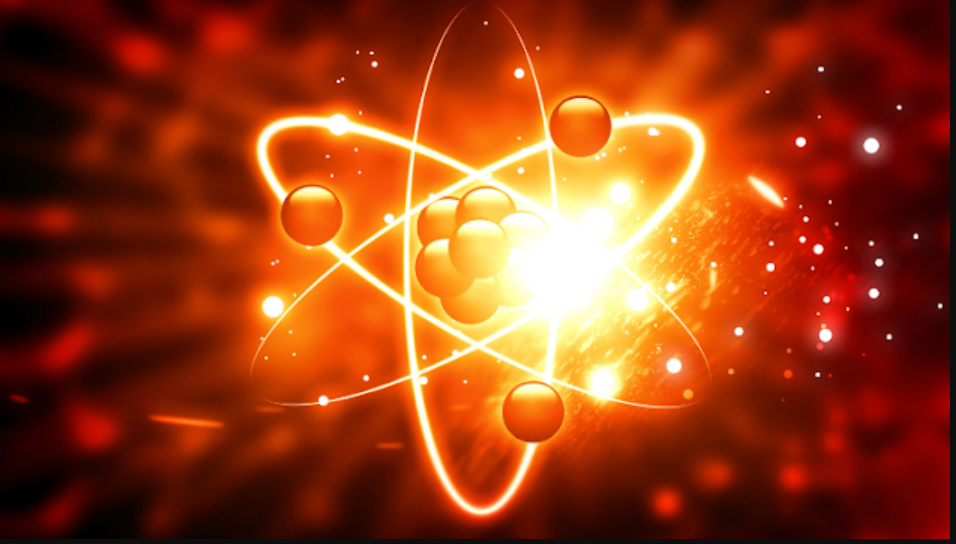Cold fusion or so-called ion fusion is one the most powerful and promising ways to make nuclear fusion. The idea of the ion-fusion is simple. Opposite polar ions will shoot together by using ion cannons. When the polarity of the ions is opposite. The electromagnetic force will pull those ions together. And if the energy level of the impact is high enough. That thing will begin the fusion.
In the 1970s there were plans to use lasers for creating nuclear fusion. If particle accelerators boost that energy effect that thing can make new, compact and powerful fusion systems possible. The most effective way is to drive ions together in a particle accelerator and points laser and maser rays to that point.
The accelerating system can stress the ions with extra electromagnetic radiation while it travels in the particle accelerator. That maximizes the energy level.
In normal scenarios, the used ions are chloride and sodium ions. But also all other plus and minus mark ions can use. The thing is that this kind of system might need quite a lot of energy. The opposite polar ions can use also in the tokamak reactor.
But the problem is that the size of that reactor must be enormous. Fusion of the larger ions than hydrogen (or deuterium and tritium) requires lots of energy. And that means the size of the impactor must be very large. And for being suitable the fusion system must create more energy than it uses.
Non-thermal fusion or so-called cold fusion is one the most interesting things in the world. The simplest way to create that non-thermal fusion is to use a particle accelerator. The negative and positive ions will drive together from different directions.
If the energy level of the ions in the impact point is high enough those ions will melt to one atom and release energy just like in a normal fusion. In non-thermal fusion. The ion impact can happen in the middle of the laser ray. Which will increase the energy level of the impact point.
The fusion system can be the producer of clean energy in the future. But there is a big problem with this kind of system. When we are thinking about the size of the nuclear fusion plant we must remember one thing. In the case of an accident or malfunction, the reactor must stop. If we are using one centralized power plant the malfunction will cut all energy production.
So there are plans to create compact-size and portable nuclear fusion plants. Those miniaturized power plants can give respond to the case, where something damages the reactor. If there is a large group of nuclear reactors the malfunction of one reactor doesn't mean so much.
https://www.nytimes.com/2020/09/29/climate/nuclear-fusion-reactor.html
https://www.sciandnature.com/2022/04/will-non-thermal-nuclear-fusion-be-holy.html?m=1



No comments:
Post a Comment
Note: Only a member of this blog may post a comment.